Tenet ending explained: your biggest questions answered
Exploring the who, what, and whys of the Tenet ending

The Tenet ending might have you scratching your head. Don’t worry, it’s happened to all of us. Whether you’re watching it on home release for the first time or are dipping back in after seeing it in cinemas, there’s plenty that needs clearing up once the credits have rolled. Unfortunately, some of what needs explaining involves science and several cups of coffee. We’ve hit the books to break down some of the biggest dangling threads from Christopher Nolan’s latest attempt to hurt our brains.
The GamesRadar+ and Total Film teams are, however, in the beneficial position of being made of some of the best minds in the business and in the enviable position of having already watched the movie multiple times. Some of the team are already on their third viewing – and with repeated viewings, a lot becomes clearer. To help you out (and clear up a few things in our heads) we've put together this piece to help answer some of the biggest questions that Tenet ending raises.
SPOILER WARNING! Do not read on unless you have seen Tenet – we are going into major spoiler territory.

Still here? Then you have witnessed Christopher Nolan's time-inverting epic! First thing's first, let's get the basics of the Tenet ending out the way.
The Protagonist (John David Washington) has travelled across the world (and time) trying to work out Sator's (Kenneth Branagh) plan. The villain has managed to bring together nine parts of an Algorithm, sent to him from the future by a mysterious evil group. In short: if Sator dies, his heart-rate monitor will drop to zero, and that will set-off the Algorithm, which will end the entire world.
The Protagonist and Neil (Robert Pattinson, the least Neil person of all time) work with Aaron Taylor-Johnson's Ives – part of the Tenet organisation – to stop the Algorithm going off at the Soviet location, Stalask-12. During the mission, The Protagonist goes forward in time with Ives as part of the Red Team, while Robert Pattinson lives the entire inverted as part of the Blue Team. This is called a Temporal Pincer Movement. They have 10 minutes to save the world.
Meanwhile, Sator is sitting on a boat with Kat (Elizabeth Debicki). Sator believes that Kat does not know the plan that is unfolding at Stalask-12, yet she's fully aware thanks to some inversion shenanigans earlier in the movie. Sator's planning to commit suicide, which will set off the Algorithm. Kat distracts him for long enough for The Protagonist, Neil, and Ives to save the day – with a little help from their future selves (more on that later).
Bringing all the latest movie news, features, and reviews to your inbox
The men then go their separate ways, but not before Neil reveals that The Protagonist will later set the events of the entire movie in motion by travelling back in time. The Protagonist later comes to this conclusion himself after saving Kat from being assassinated by Dimple Kapadia's Priya. Confused? We have some answers...
Does Neil die?
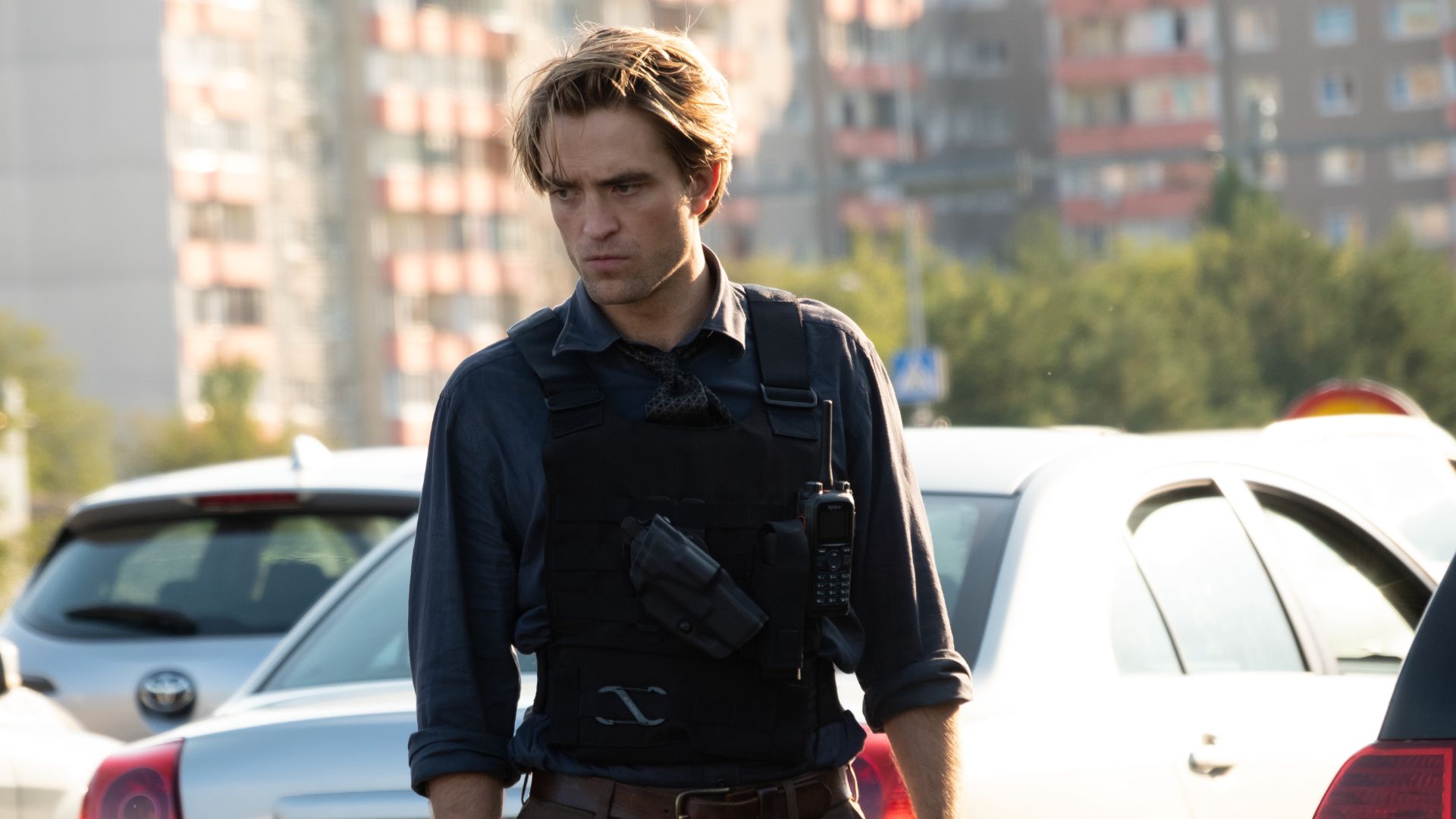
Ok, so before we get into too much physics, here's a question with a simple answer: yes, Neil does die. However, after the final confrontation, Robert Pattinson’s Neil walks off into the sunset... Wait, what?
As Neil hints at while walking away from The Protagonist, he'll be reliving the final battle just to make sure everything goes to plan. We see him doing exactly that: during the confrontation at Stalask-12, a masked member of the Blue Team (inversed) takes a bullet for The Protagonist and then unlocks the gate to the Algorithm. Those events, due to the Blue Team being inverted, happen the other way around (unlock gate; take bullet to head) from that person's perspective.
That masked person is, of course, Neil, as revealed by his backpack's orange cord. The Protagonist realises this at the same time as the audience. However, after seeing Neil's backpack tag, he does not stop Neil leaving – that's because he knows Neil will end up playing an important part in saving the world by sacrificing his life to keep the Algorithm from going off.
For the Protagonist, Neil’s story – and life – is not over. Neil confirms that an older Protagonist will recruit a younger Neil and they’ll go on plenty of adventures together – that includes the opening opera house heist, where (were you watching closely?) we see a man with that same now-familiar back-pack save The Protagonist.
Despite this, Neil’s death during that final battle is a fixed point. He will always die at that Soviet closed city where the Algorithm is being put together. There's no changing that, and that's why The Protagonist does not warn him. It needs to happen to save the day. We'll get onto why that must happen in a bit.
Who does The Protagonist work for?
The Protagonist works for a secret group named Tenet, who were put together by a future version of The Protagonist to stop the end of the world at the hands of Sator and the Algorithm. Yes, that means The Protagonist’s actually working for himself...
The older version of the Protagonist, we learn, inverts himself to before the events of the movie, and while there he guides the past version of himself through the events of the movie using Neil and Priya. This is all one big Temporal Pincer Movement.
What is a Temporal Pincer Movement?
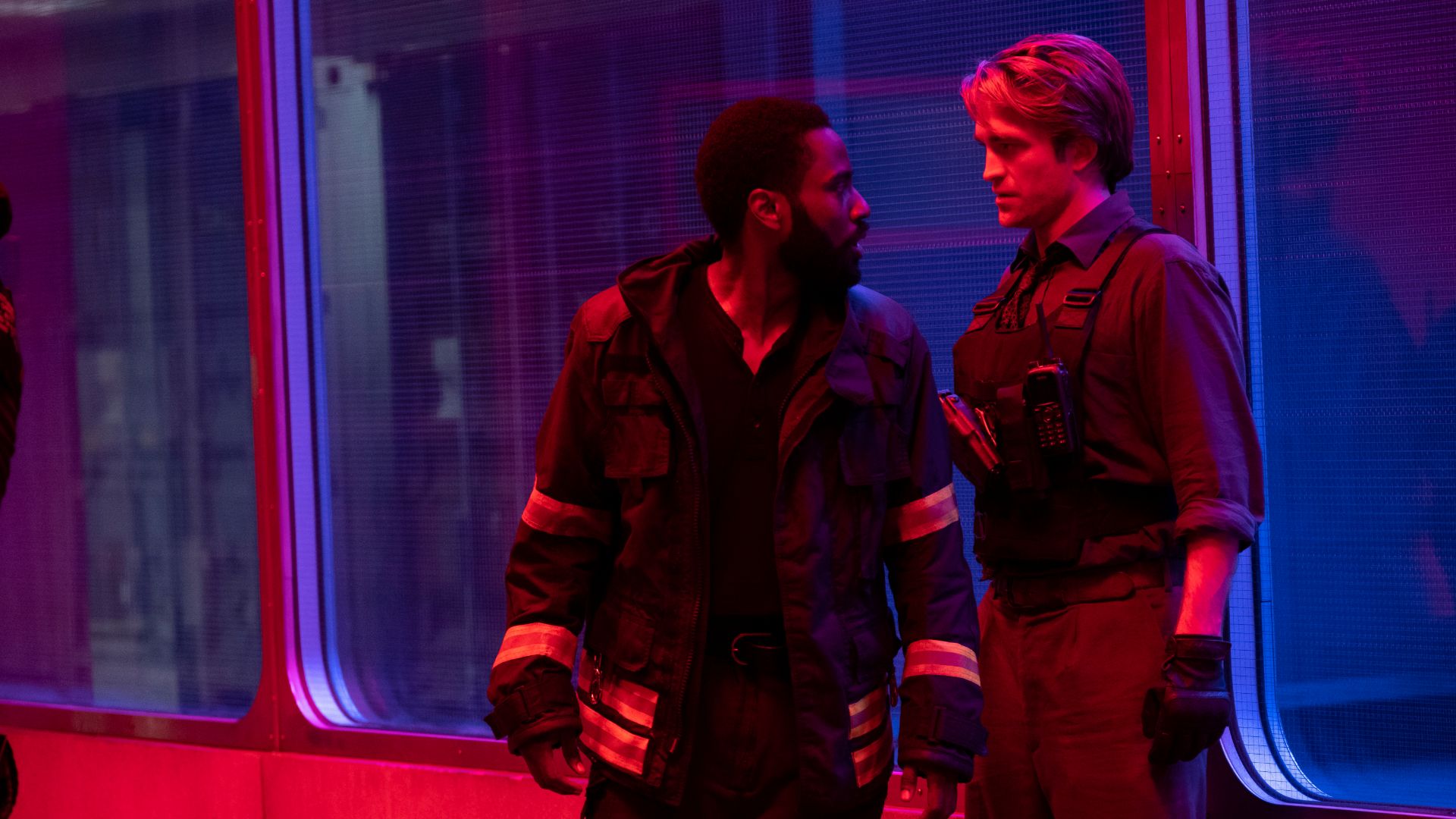
Throughout the movie, "Temporal Pincer Movement" is mentioned multiple times. Unfortunately, what exactly a Temporal Pincer Movement is is somewhat gargled by Taylor Johnson's Ives before the final face-off.
In short, a Temporal Pincer Movement is when one person goes back in time and informs someone else in the past how events will unfold in their future. The non-inverted person can then go "forward" through time with the knowledge of what's about to happen, thanks to the inverted person.
During the final showdown, Neil's team live the events of the battle while inverted, and when they reach The Protagonist before the battle, the Blue Team tell the Red Team what they're about to live through. This leads to the final battle being a wild ride of inverted and non-inverted people fighting through Sator's goons.
There are three other uses of the Temporal Pincer Movement in the movie. During the car chase sequence, Sator and his men become inverted so they can tell themselves how things play out, and therefore how to get the missing piece of the Algorithm from The Protagonist. Sator succeeds here – and the Temporal Pincer Movement is how Sator's consistently one step ahead during these scenes.
Then, there's the airport scene. First, we see The Protagonist and Neil live the scene "normally" (if there's such a thing) when they first come up with their plan to steal the painting and crash the plane. They later relive those events in reverse order to save Debicki's Kat. It's here that we see three (three!) Protagonists at the same time: the Protagonist fighting an inverted Protagonist, and the inverted-to-non-inverted Protagonist bumping into Neil.
Finally, there's The Protagonist's ultimate Temporal Pincer Movement – that the entire movie is one huge Temporal Pincer Movement! Having lived the events of the movie, The Protagonist goes back in time to before the opening opera scene and gives Neil and Priya information about what's to come so that they can make sure that Sator is eventually stopped. Mind blown!
What does Tenet mean?
The meaning of Tenet is twofold. First up, Tenet is the name of the secret organisation that the Protagonist sets up.
Secondly, Tenet is a palindrome – that is, a word spelt the same backwards and forwards. It’s also "ten" backwards and forwards. Both have metaphorical implications with the final act which sees the Red and Blue Teams each have ten minutes (backwards and forwards) to disconnect the Algorithm and save the world. Very clever, Mr. Nolan.
There's also the fact that Tenet is part of the Sator Square. Don't know what that means? Then check out our explainer.
What is inversion and entropy?

A quick explanation of the science. In Tenet, inversion is a technology that has been invented by an unknown female scientist in the future that can reverse the entropy of objects. Entropy is a physics concept that's often described as "time's arrow" and dictates the movement of energy between objects.
Basically, energy moves in a certain direction. Put an ice-cream next to a candle and the energy of the candle will melt the ice-cream, rather than the minimal energy of the ice-cream heating up the candle. The flow of energy between the two is dictated by both objects' entropy.
In Tenet, the movement of that energy is reversed due to inversion. Therefore, while you are inverted, an exploding car will give you hypothermia, rather than burning you – the flow of energy is backwards. While inverted, in the world of Tenet, you also cannot breath normal oxygen as it cannot travel through your lungs. Coming into contact with yourself will also lead to instant death. Entropy is a dangerous game.
What is the Algorithm and how would it end the world?
The Algorithm is a piece of technology from the future that can reverse the entropy of the entire planet. If activated, it would cause everything to invert, wiping out the past, time, and everyone who ever existed or will exist.
The Algorithm was invented by an unknown female scientist who splits the algorithm into nine pieces and hides each piece back in time using inversion. Sator, working with an mystery group from the future, puts these pieces back together.
Why do people from the "future" want the world to end?
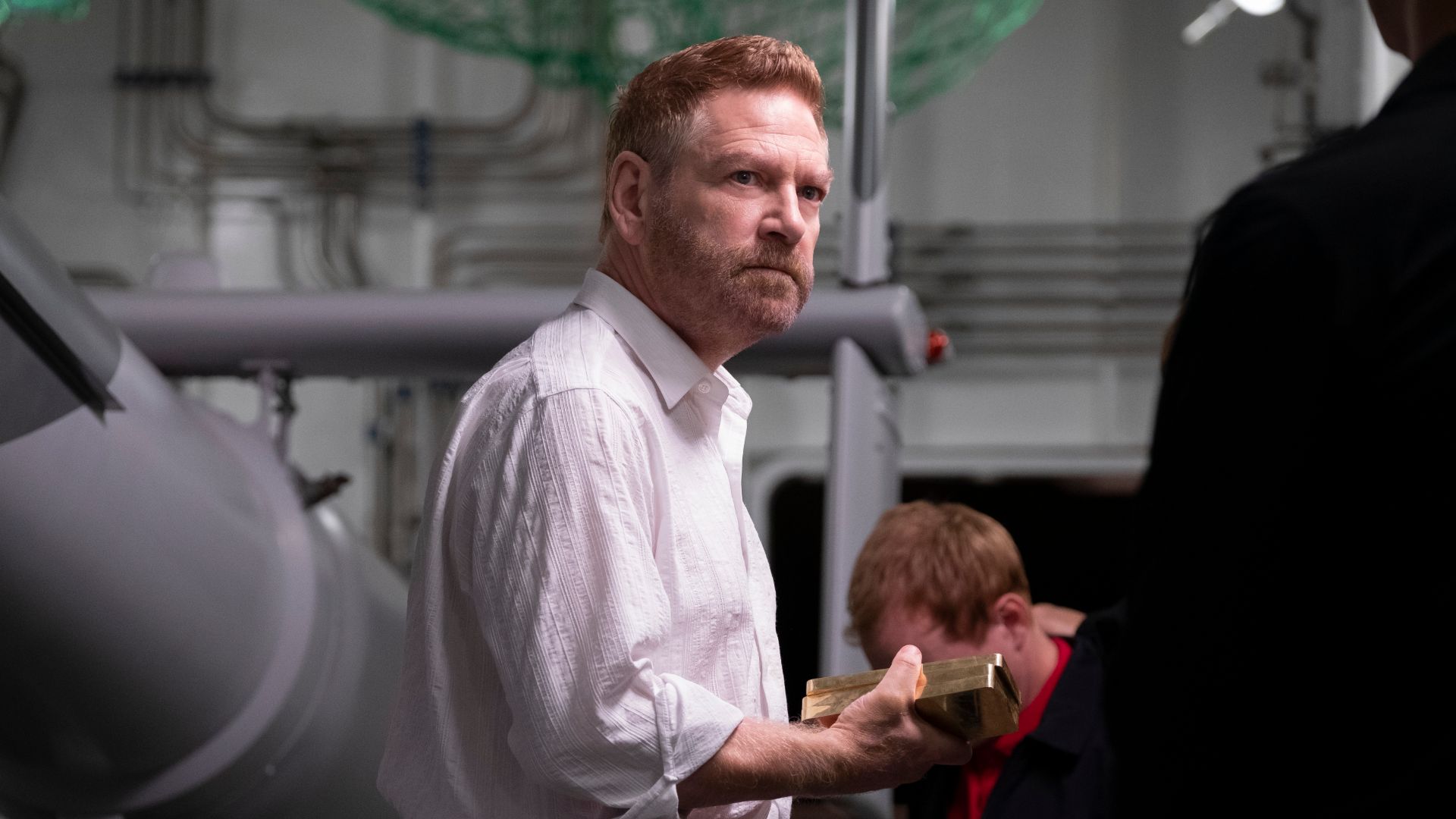
The people that help Sator put together the Algorithm want to end the world. Why? Because during the "future" time period that they live in, the world's such a messed up place that they basically need a planet do-over.
Ending the world using a reverse entropy bomb will hopefully reverse the devastating effects of climate change and potentially help save the future. The people of the future will have, after all, killed those "past" people who destroyed the world. But doing so will also kill their ancestors. This leads to the Grandfather paradox, which Neil talks about in the movie.
The idea is this: by killing your own Grandfather before your Grandfather is able to have a child – your father – you would stop yourself from ever being born. But then, if you're not born, how would you be able to go back in time to kill your Grandfather? It's a paradox with no answer.
The future people who are attempting to end the world are hedging their bets, hoping that, by destroying a past version of the world that has been ravaged by climate change, the future will change so that climate change never happened. Or the people from the future will end up killing themselves by killing their own Grandparents...
This one's an odd one, and the Protagonist questions the people of the future's logic. But, as Neil explains, perhaps things in the future are just so, so bad they are willing to try anything to save the planet. Even if that means killing their own Grandfathers – and the universe – with a time-inverting bomb.
Why was Sator chosen and what is his plan?
Sator finds a note addressed to him while trying to find nuclear warheads in Soviet Russia. The note comes with some gold bars, a piece of the Algorithm, and instructions on what to do to find the next piece (the people in the future cannot find these other pieces as they were all sent into the past by their creator).
How exactly did they know he would be there? Well, they are from the future, so perhaps they know what's going to happen? They would have also found everything Sator does in the future as time's weird – but more on that later.
Whatever the case, Sator spends his life putting together the pieces of the Algorithm and, while doing so, builds his own inversion machines (the ones the Protagonist and Neil use). Sator also has pancreatic cancer (presumably caused by spending too much time around nuclear materials as a kid) and is dying. He just wants to die on his own terms – with the world coming with him.
Once he's assembled the Algorithm, he will drop the device into a huge hole in the ground (which will only happen when his heart-rate monitor reaches zero – AKA he dies) which will seemingly detonate the Algorithm, killing everyone and the universe in a weird time-inverting mega-event. Either that, or he's dropping the Algorithm into the hole so the future villains he's working with can find it and they can end the world themselves using the Algorithm. It's not quite clear how this would work.
What happened to the algorithm?
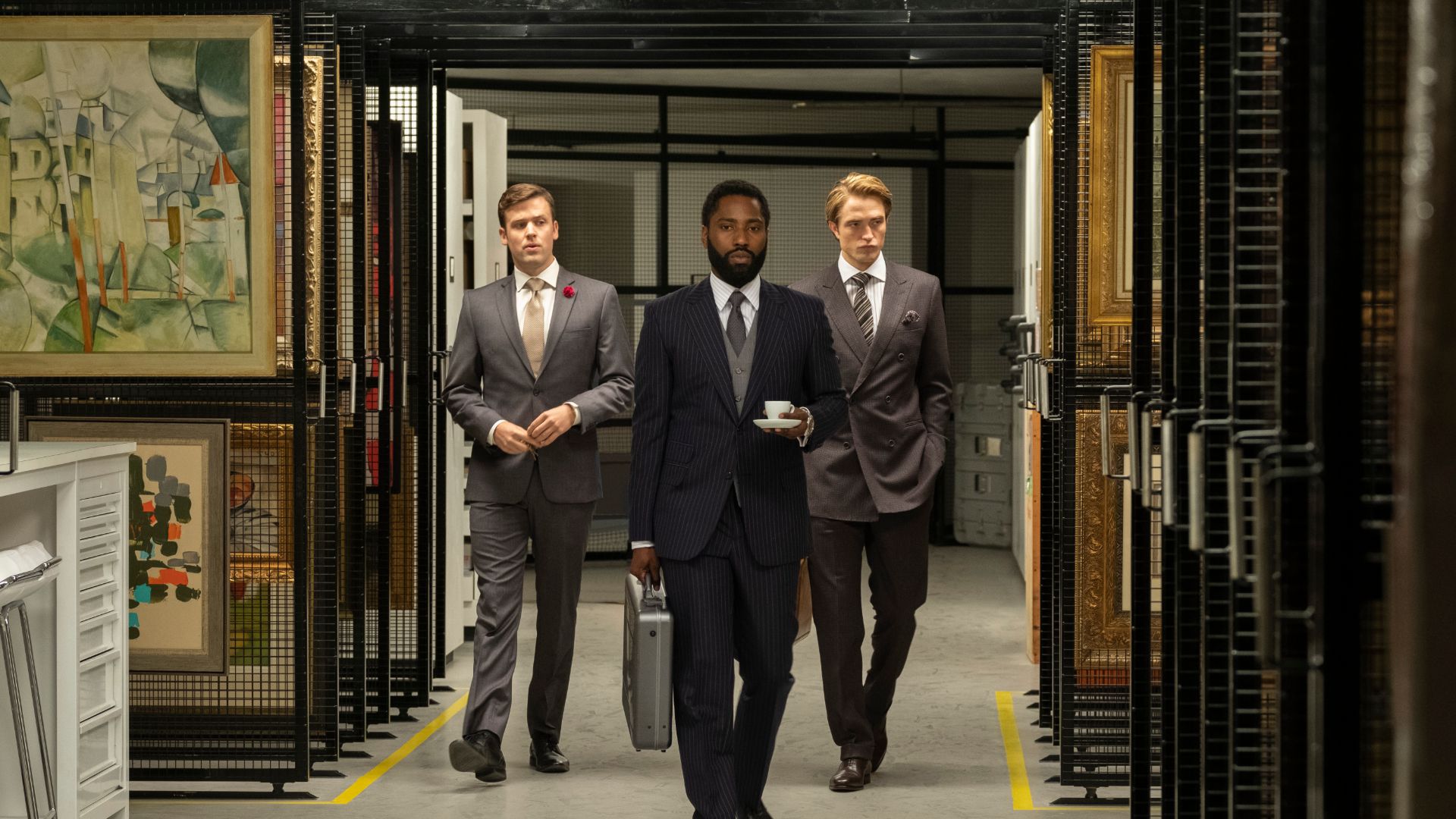
After stopping the Algorithm from going off (or falling into the hole), Taylor-Johnson’s Ives divides the Algorithm up between himself, Neil, and the Protagonist. Neil gives his piece to The Protagonist. Ives and The Protagonist then go their separate ways to hide the pieces of the Algorithm.
It's implied they should kill themselves after hiding the pieces, so no-one will ever find them again. But the specifics of what comes next are unknown...
Were Sator and Neil at the opera?
When "future" Sator (the one on the boat) finally gets killed, there's a question of where "past" Sator is. After all, we know "past" Sator will go on to meet The Protagonist and eventually invert himself to being on that boat as "future" Sator.
While we do not see "past" Sator at the opera during the opening scene, Sator's almost certainly there. We hear multiple times about the opera – the Protagonist even uses this to gain entry into Sator's yacht. Sator would have wanted to be at the opera to make sure he receives that piece of the Algorithm.
Also at the opera was Neil. We see Pattinson's character's backpack tag during the opening scene. Why was Neil there? Because he's been working for The Protagonist the whole time – just without The Protagonist knowing. Hopefully, at this stage in this article, that sentence makes sense now... It's all a Temporal Pincer Movement!
Are there two Kats now?
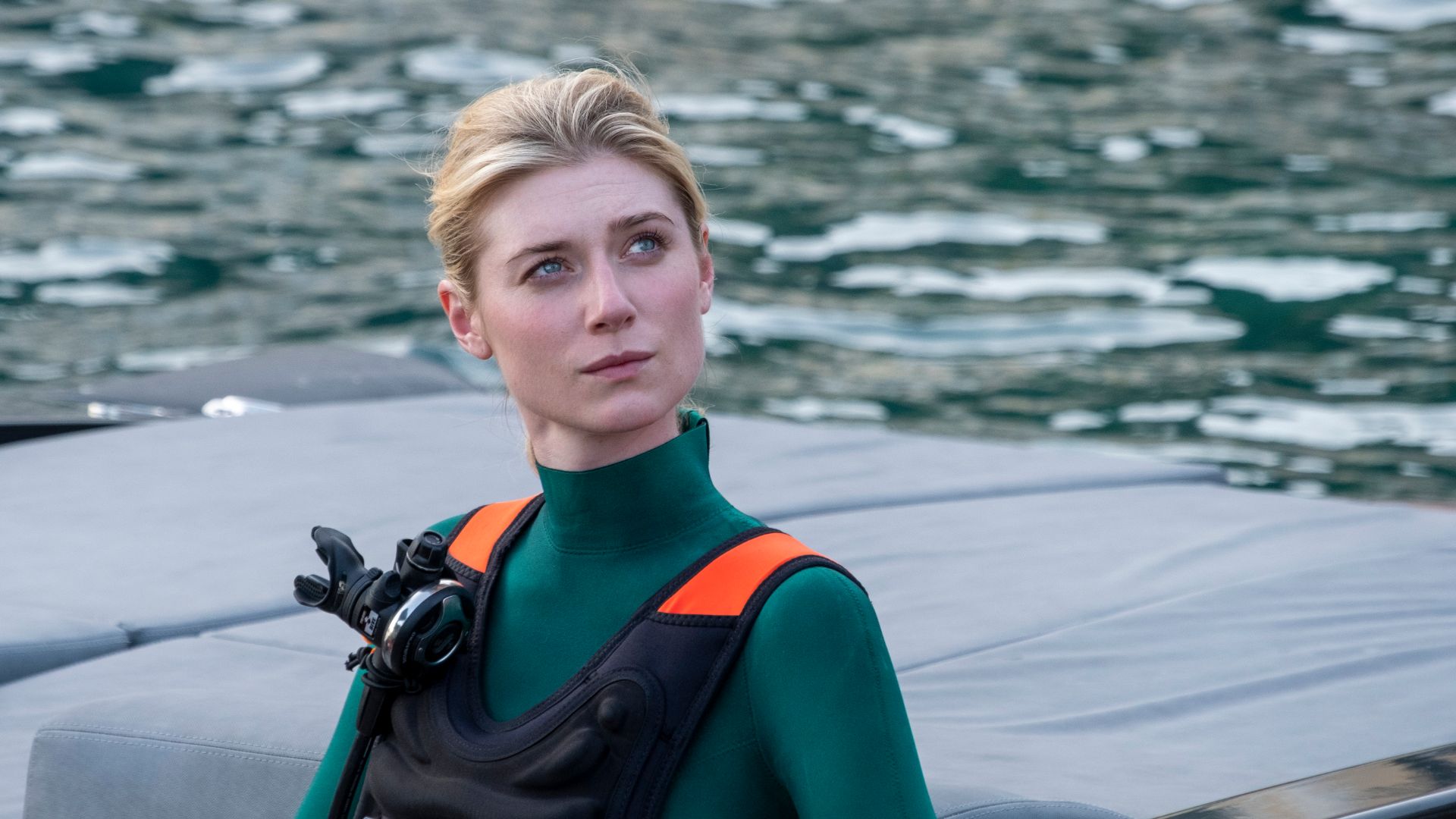
Yes, there are two versions of Kat for a moment.
There's the "past" Kat – the one who we see approaching the boat and who will go on to live the events of the movie. "Future" Kat is the one who kills Sator and who goes off with Sator's body and Himesh Patel's Mahi. "Past" Kat sees "future" Kat jumping from the boat, but does not recognise the woman as herself. It's a self-fulfilling moment for Kat, as she is the woman she detested throughout the movie.
"Future" Kat will, we imagine, live in the shadows for a few weeks until the point where the "past" version of her – who has not killed Sator yet – gets shot and goes back in time to become "future" Kat. It's a loop! Kind of. "Future" Kat is presumably the Kat we see getting her child from school at the end, having taken over as the timeline's only Kat. So, there's only one Kat at the very, very end.
What was the deal with that painting?
Because Nolan's characters talk at a million miles an hour, you may have missed this. The painting was a fake Goya, which Kat accidentally said was a real Goya, and sold to Sator for millions. Unfortunately, Sator finds out it was fake and threatens to reveal the accidental scam – which would lead to Kat being imprisoned and away from her child – if she ever decides to leave him.
Sator is also using the painting as a way to access the airport safe-house in Oslo. Rather than just storing the painting there, Sator also has a time-inverting machine in the building, which The Protagonist later uses. It appears the painting was used as a front so Sator could access the machine whenever he wanted, but it also made for a good hold over Kat.
Does free will exist?
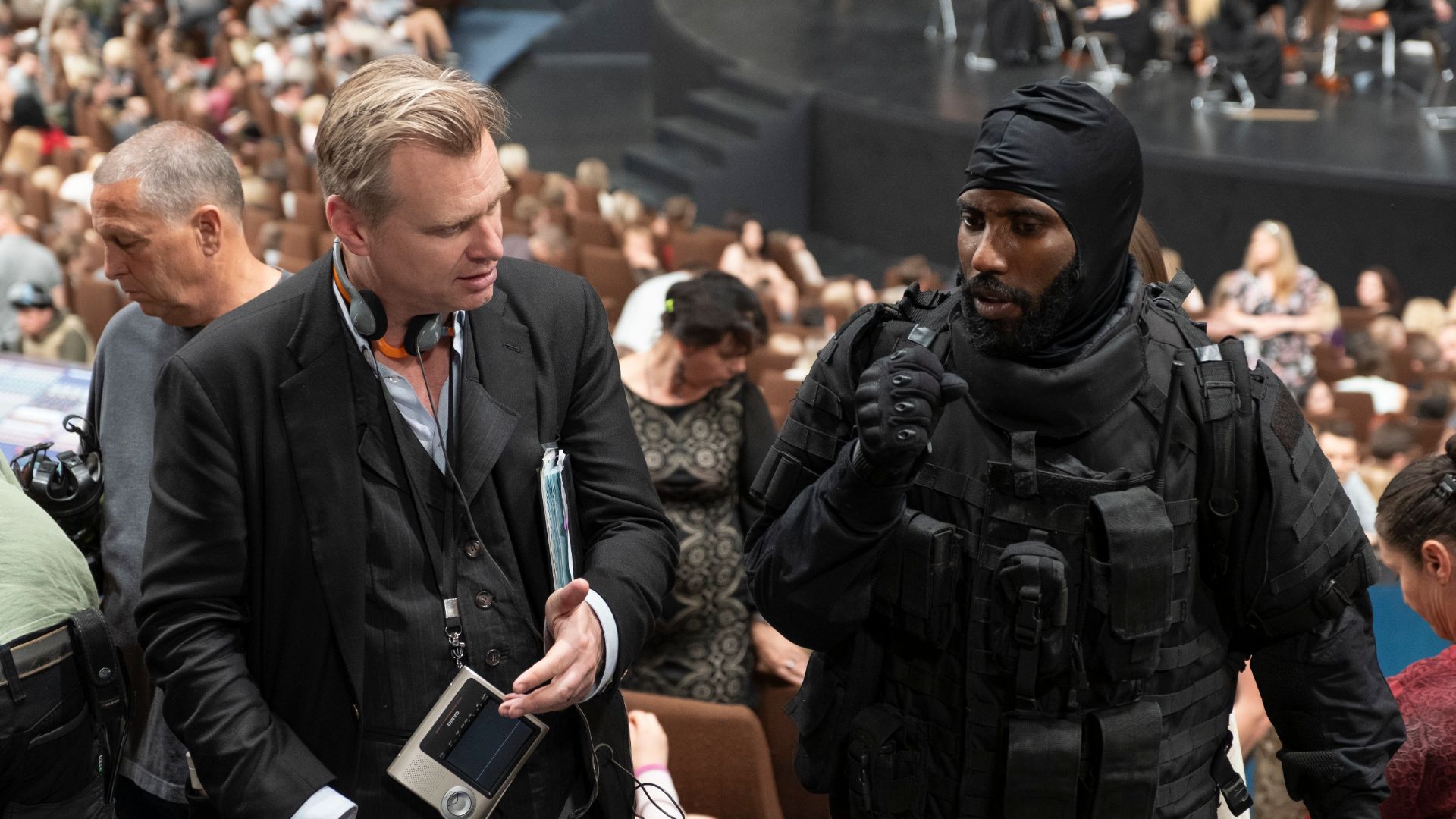
We're getting into weird territory here. At the beginning of the movie, Clémence Poésy's scientist explains that The Protagonist has free will – and therefore he can decide to do certain things. Yet, by the end of Tenet, this appears only to be partly true, or perhaps not true at all.
The problem seems to be that everything that happens in Tenet is bound to happen exactly the way it happened: The Protagonist must go back after the events of the movie to tell Neil and Priya the information that will lead the past version of himself to save the world; Neil is bound to die at Stalask-12 and there's no changing his life's direction; Sator's destined to find that note and try to end the world; the world will always be saved.
Free will, therefore, seems not to exist, as each person is bound to end up doing exactly what they are supposed to do. However, everyone still needs to choose to do those actions. It's a paradoxical loop.
Here's another way of looking at the paradox: it's a simple chicken and egg scenario. (Lol, "simple", sorry, we're losing our minds a bit writing this piece.) If the "future" Protagonist tells the "past" Protagonist how to save the world, then which came first? Did an initial version of the "past" protagonist go through the events of Tenet without the "future" Protagonist's help, or was the "future" Protagonist always there to help him?
The answer? The "past" Protagonist is always told by the "future" Protagonist what to do, and there is no version where the "future" Protagonist doesn't help out. There are always simultaneously multiple Protagonists throughout the events of Tenet. The past version never saved the world without the help of the "future" Protagonist because it all happens at the same time in a weird loop. Don't think, just feel, etc...
For a bit more content on this, check out our piece on the two lines in Tenet that make the movie a little harder to follow.
Is Tenet an Inception sequel?
No? Or is it? No. Definitely not. Maybe.
For more on Tenet, make sure to read our report from the set, which features interviews with Nolan and the cast. It doesn't clear up anything about the movie, but it's a great insight into how they put together this remarkable film.

Jack Shepherd is the former Senior Entertainment Editor of GamesRadar. Jack used to work at The Independent as a general culture writer before specializing in TV and film for the likes of GR+, Total Film, SFX, and others. You can now find Jack working as a freelance journalist and editor.


